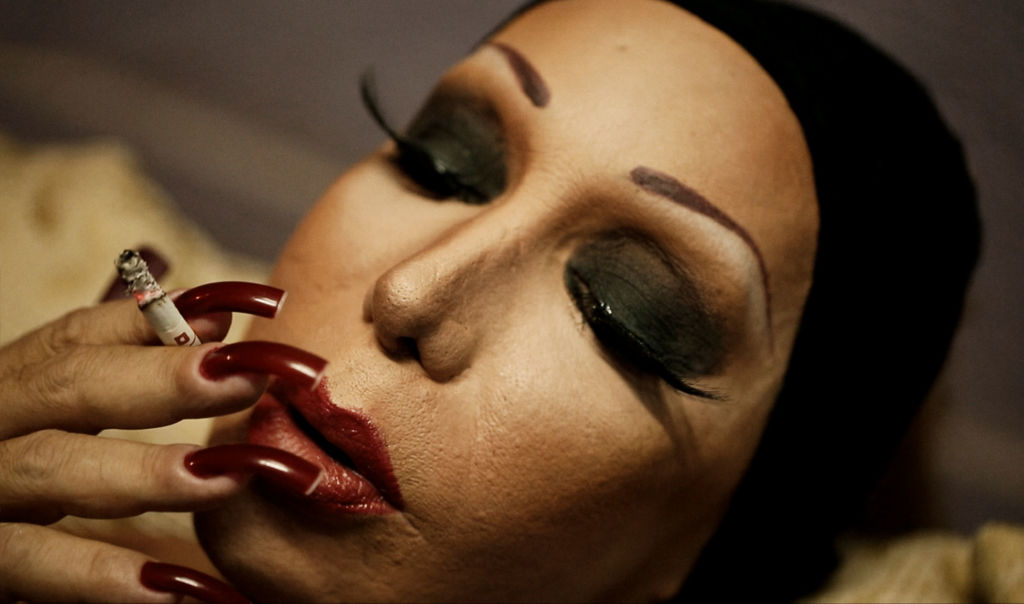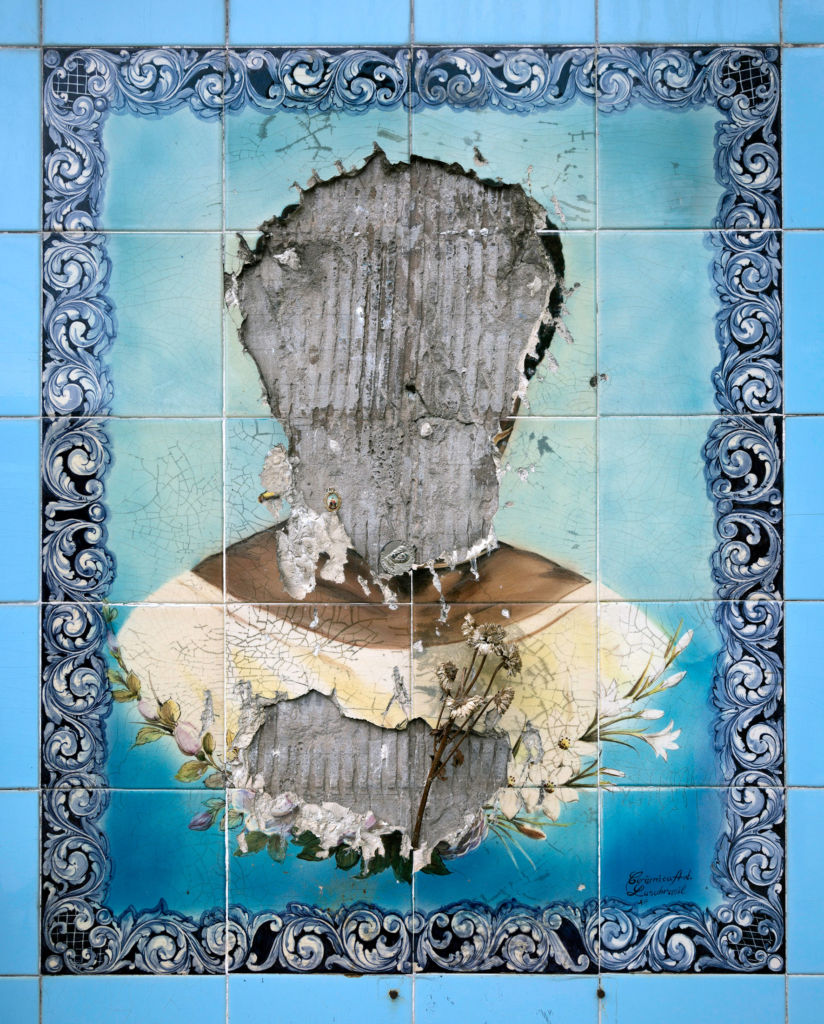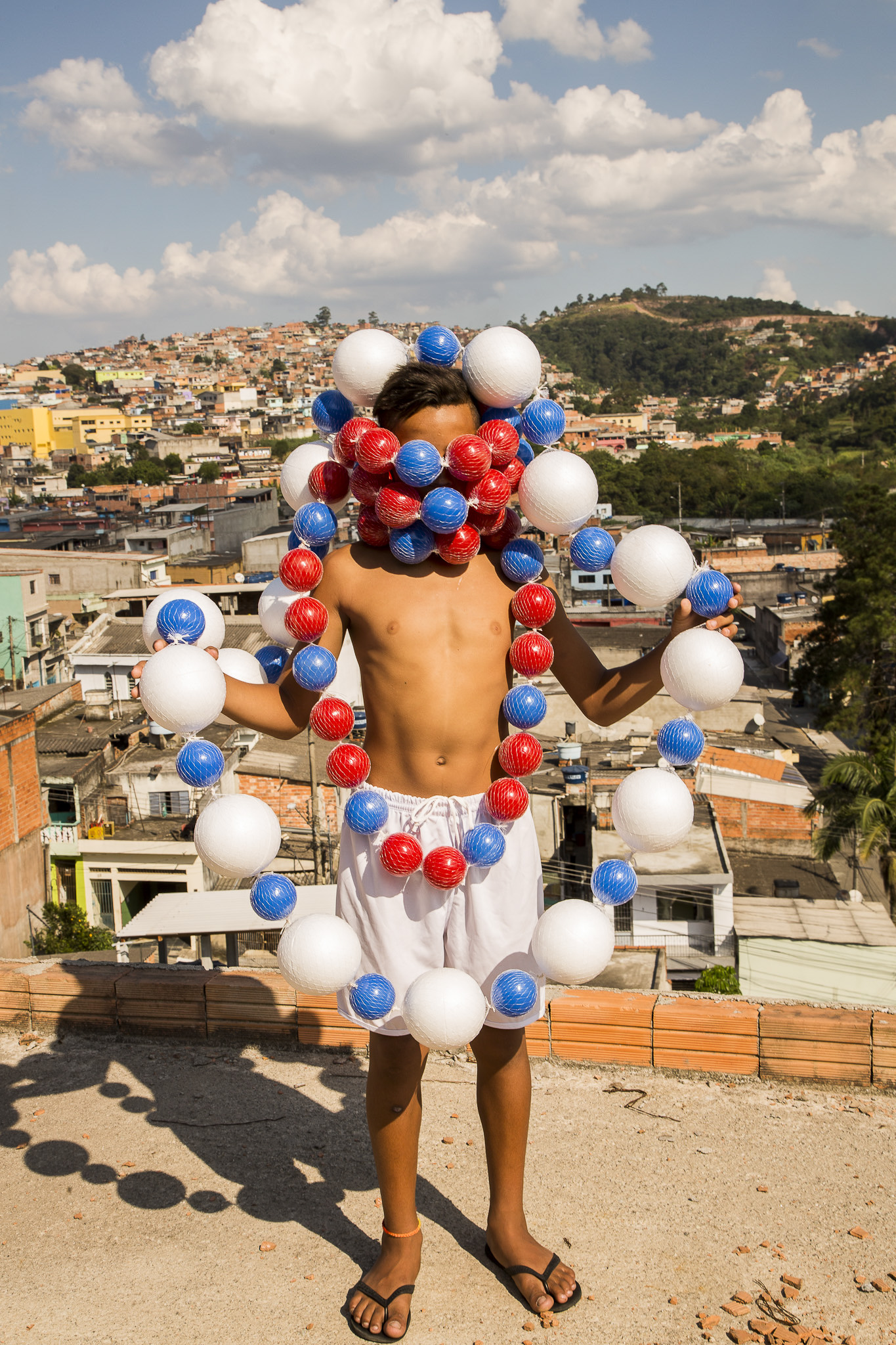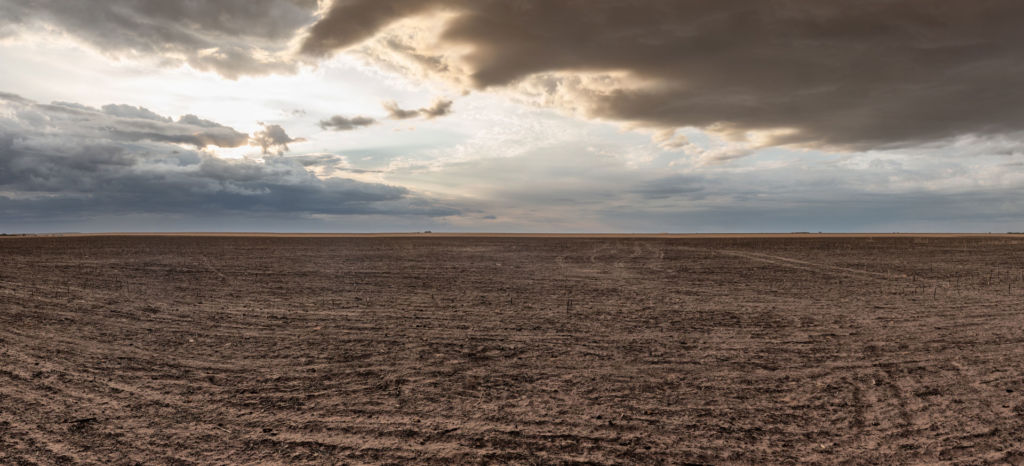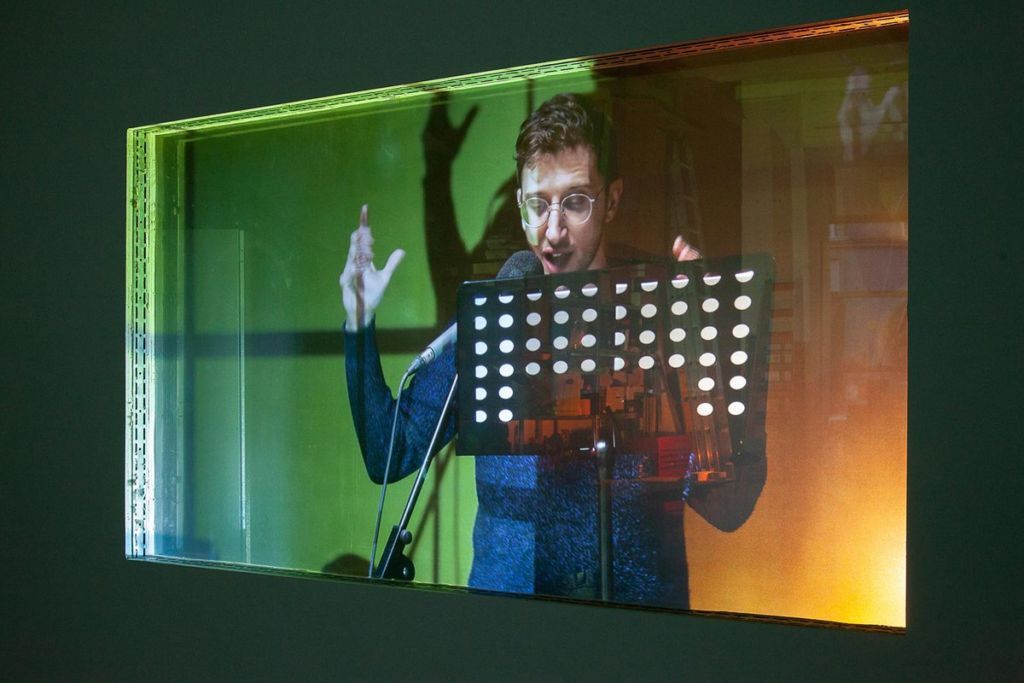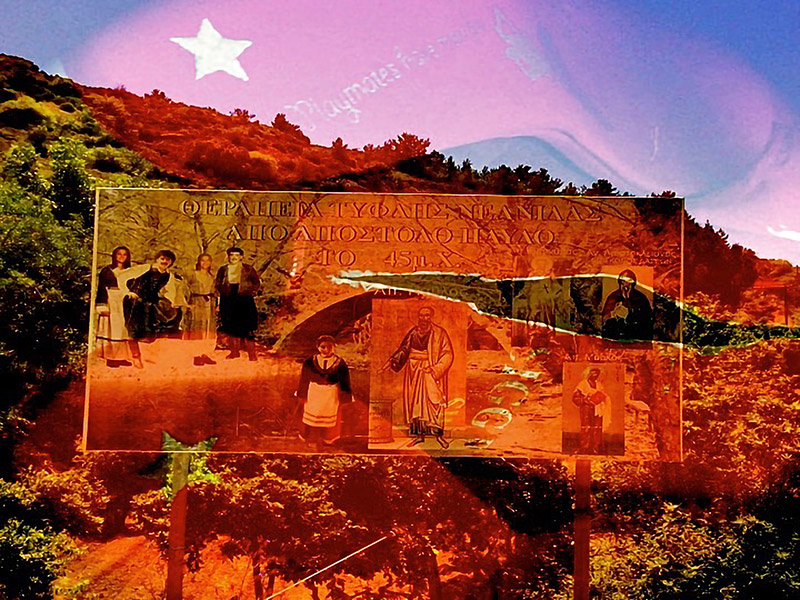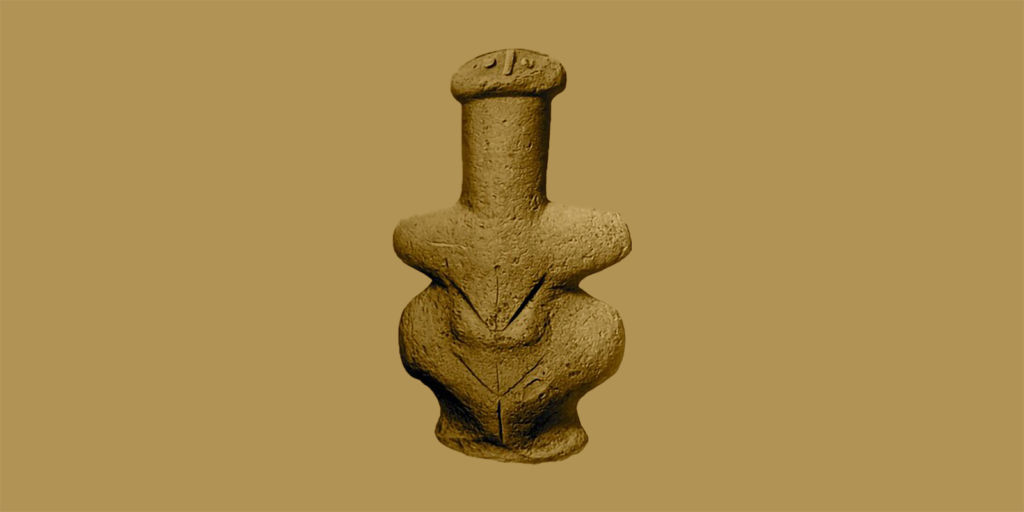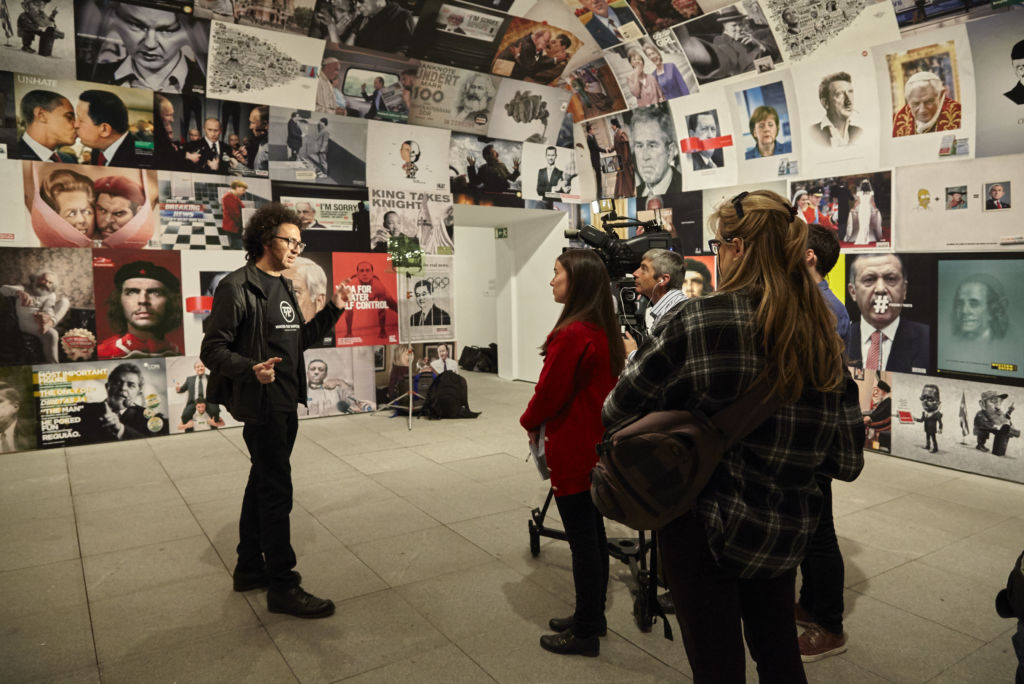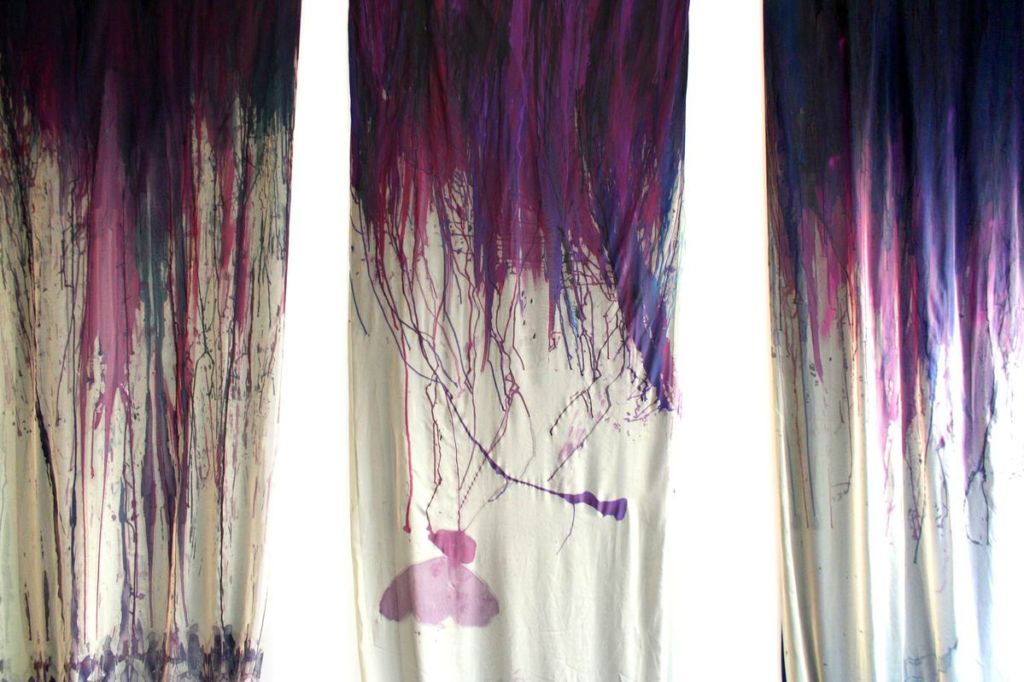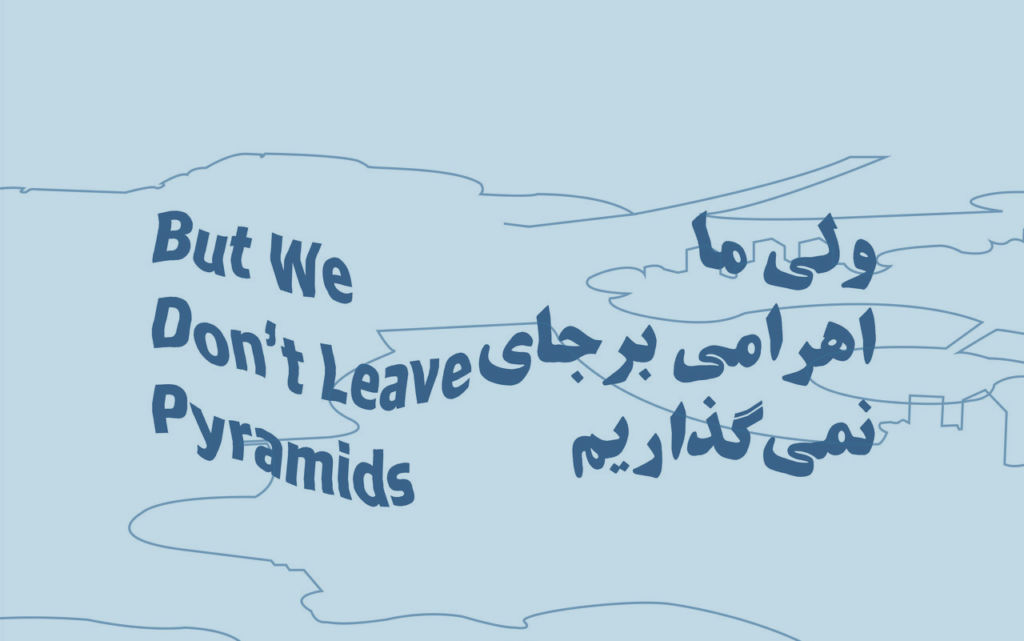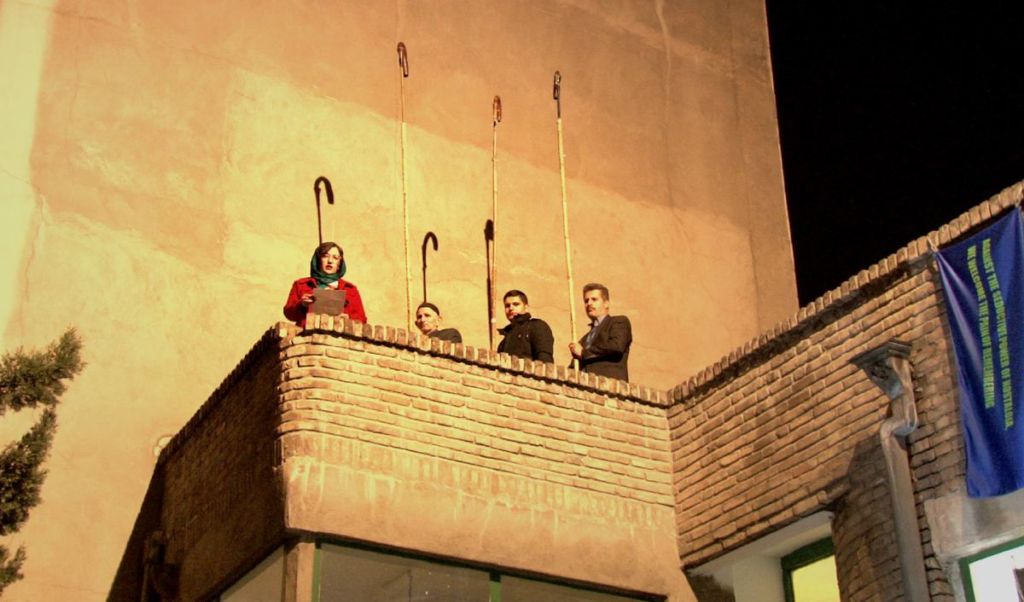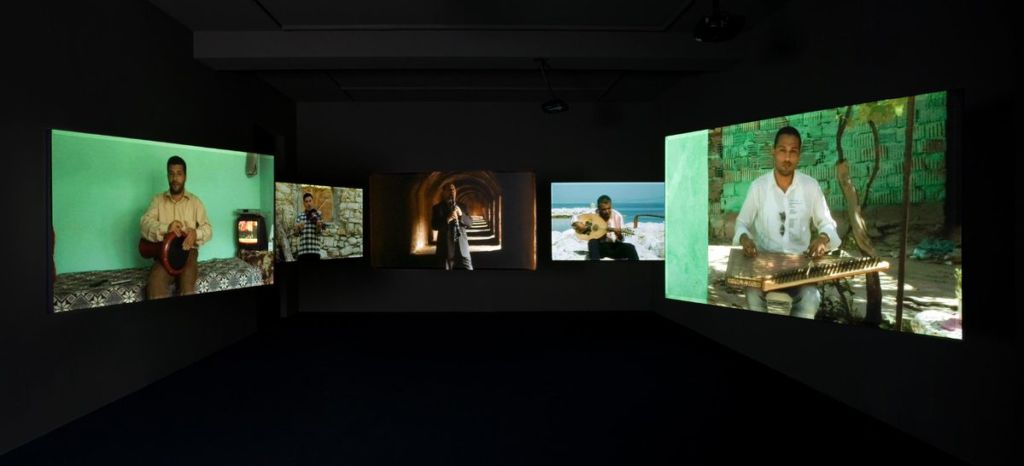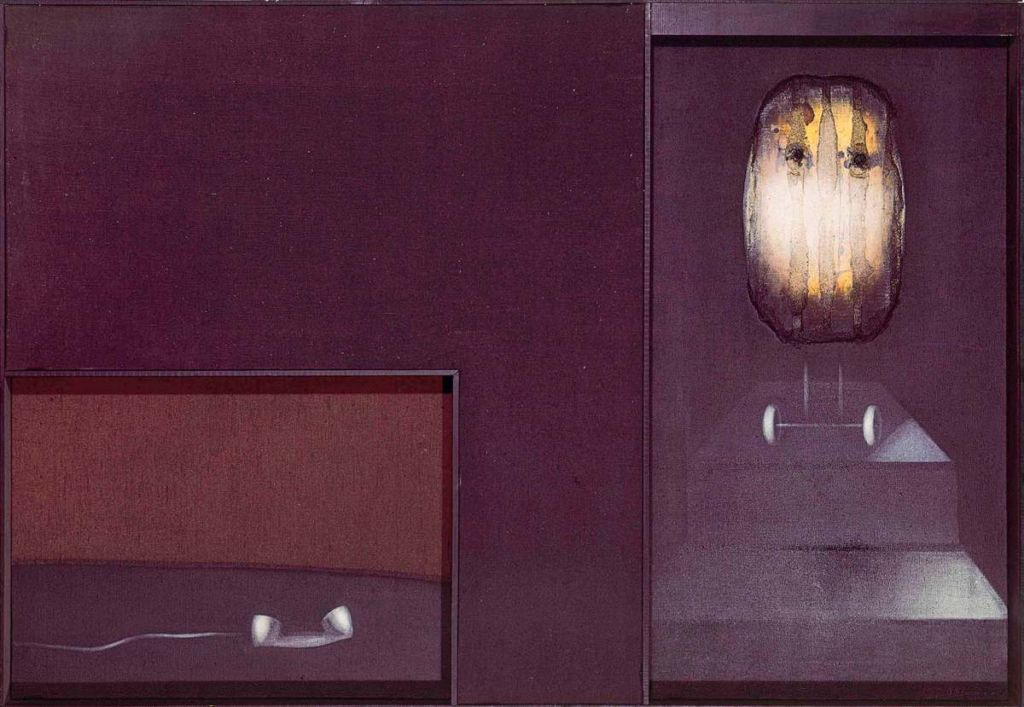Not a week goes by recently without news from Brazil that arouses concern and elicits feelings of consternation and indignation. The country has certainly been through its share of crises in the past, but the rise to power of extreme-right president Jair Bolsonaro in 2018 has made them even more extreme. His election, reflecting a global trend in rising populism, is the culmination of a rebellion against economic inequalities and financial elites, a refusal of the political establishment, and a rejection of the other, be they a minority or from an immigrant background. While Brazilian artists are taking a massive stance against their government and its excesses, the entire sector of contemporary creation is busy deciphering the complex realities of the country today.
Jacques Rancière, Le Spectateur émancipé (La Fabrique éditions, Paris, 2008), p. 93-114.
Ludovic Carème, Brésils, Friche Belle de Mai, Marseille, 30 juin-29 septembre 2019.
Le sujet de la photographie, ou « spectrum », selon Roland Barthes, cf. La Chambre claire. Note sur la photographie (Gallimard, Paris, 1980), p. 22-23.
Roland Barthes, op. cit., p. 128.
Émile Benveniste, Le Vocabulaire des institutions indo-européennes. I : économie, parenté, société ; II : pouvoir, droit, religion (Éditions de Minuit, Paris, 1969).
Les Mort, les vivants et ceux qui sont en mer (Commissaire : Matthieu Orléan), Rencontres de la photographie d’Arles, 1er juillet-22 septembre 2019.
Clarice Lispector, Água viva [trad. Claudia Poncioni et Didier Lamaison] (Éditions des Femmes – Antoinette Fouque, Paris, 2018), p. 37.
Mikhaïl Bakhtine, L’Œuvre de François Rabelais et la culture populaire au Moyen âge et sous la Renaissance (Gallimard, Paris, 1970), p. 255 : « La foule en liesse qui emplit les rues ou la place publique n’est pas une foule ordinaire. C’est un tout populaire, organisé à sa façon, à la manière populaire, en dehors et à l’encontre de toutes les formes existantes de structure coercitive sociale, économique et politique, en quelque sorte abolies pour la durée de la fête. Cette organisation est, avant tout, profondément concrète et sensible. […] le peuple ressent son unité et sa communauté concrètes, sensibles, matérielles et corporelles ».
À ce sujet, voir les réflexions de Claire Tancons, commissaire, critique et historienne de l’art qui développe une réflexion sur le carnaval et ses formes contemporaines, notamment dans le texte « The Greatest Free Show on Earth : Carnival from Trinidad to Brazil, Cape Town to New Orleans » disponible sur son site web www.clairetancons.com
Selon Oswald de Andrade, la culture brésilienne repose sur un mouvement anthropophage : valorisant l’idée du cannibalisme de certaines tribus, le moderniste revendique la « dévoration » par les intellectuels brésiliens de la culture étrangère et une réappropriation des références amérindiennes, selon une critique radicale de la colonisation et de l’hégémonie culturelle européenne régnant en Amérique latine.
Vanina Géré, « Retour sur la notion d’art politique », La Belle Revue, n° 9, disponible sur La Belle Revue
What’s going on in Brazil? (commissaire : Ioana Mello), Fondation Manuel Rivera-Ortiz, Arles, 1er juillet-22 septembre 2019.
En ce sens, le rapport annuel de la Fédération nationale des journalistes (Fenaj) publié en janvier 2020 s’ouvre en affirmant que « l’arrivée au pouvoir de Jair Bolsonaro à la présidence a affecté de façon significative la liberté de la presse au Brésil », voir Fédération nationale des journalistes
L’image est d’ailleurs, selon Georges Didi-Huberman, « le premier opérateur politique de protestation, de crise, de critique ou d’émancipation », in Georges Didi-Huberman, Survivance des lucioles (Éditions de Minuit, Paris, 2009), p. 101.
In the summer of 2019, several exhibits, including those at Rencontres de la photographie d’Arles, featured works that took Brazil as a theme to investigate and reflect upon. They offered many perspectives, attempting to go beyond the stereotypes usually associated with the country: the favelas, the extreme poverty and violence tainting Brazil’s status as the ninth global power, a luxurious exoticism upheld by a certain image of the Carnival in Rio or the Amazon rainforest, the prestige of the Brazilian soccer team as embodied by Pélé, Ronaldo, Neymar or even Sócrates, artisan of the Corinthians’ Democracy. The exhibits in Arles were clearly directed at visitors who are already aware of the problems plaguing the South American country. And yet, by exhibiting these works, they opened a dialogue about Brazil a nd its fractured society, its cultural and ethnic diversity and, evidently, the political and economic crises that have hit the country over the past few years and culminated in the deposing of president Dilma Rousseff in 2016 and the imprisonment of her predecessor Lula in 2018 on corruption and money laundering charges, leading up to the election of Jair Bolsonaro that same year. The photographers, be they Brazilian or from abroad, aimed to capture Brazil through its multiple social identities, its multiculturality and the palimpsest of its singular history. Their photographs, which reveal the crises in Brazil, also make us think about each photographer’s formal strategies, the effect of an image, which merits some reevaluation in the exhibition context: if an image, still or moving, constitutes a source for and mode of thinking, doesn’t its aestheticization run the risk of emptying the subject of its meaning? Which iconographic devices have an effect on us, spectators and citizens?
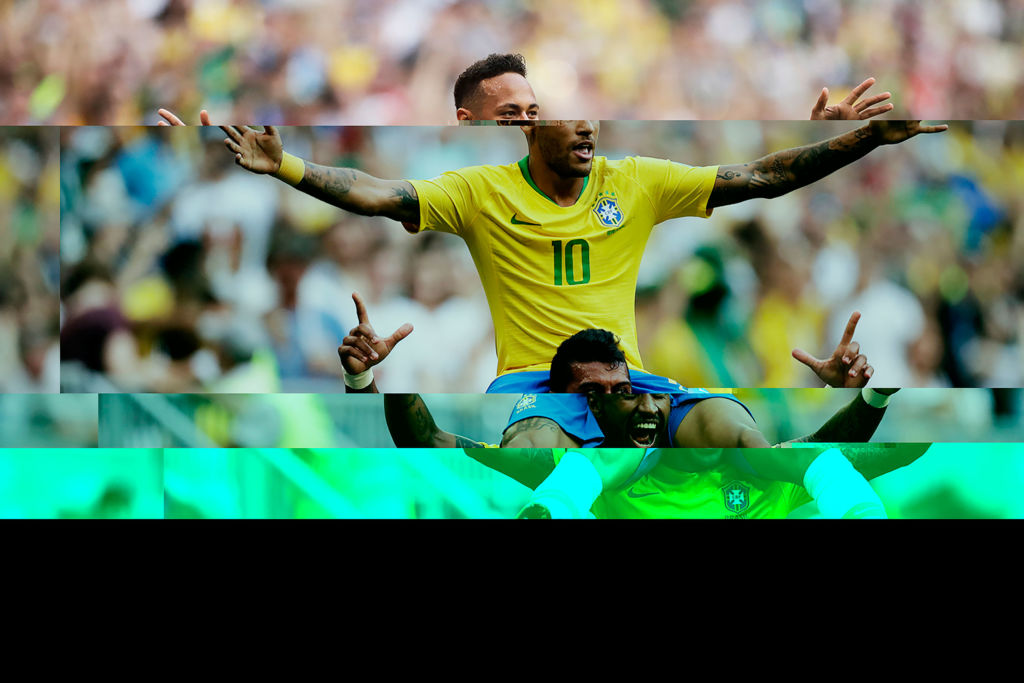
Elsa Leydier, El Elenao bandidada 2018, photography with a quote from Jair Bolsonaro as subtitle: “With us, there will be no human rights policy. All these thugs will die because no one will send them any defender.”
An intolerable image?1
First stop on this critical parcours, Ludovic Carème’s exhibit Brésils2 presented at La Friche la Belle de Mai (Marseille). Retracing his journey through São Paulo and to the depths of Amazonia, the photographer recreates his experience of a country where he spent ten years of his life. The exhibit examines different topics relevant to Brazil today and draws a portrait of a territory fallen prey to numerous hardships, seeking to deconstruct the clichés of a blithe Brazil. His parcours through the country is recreated in four series, from the periphery to the center, from the Amazon forest to the city. The series Acre (named after the Brazilian state) shows the exponential deforestation of this state, which borders on Peru, and the difficult living conditions of its residents. Água Branca focuses on the fate of the inhabitants of a former favela built on the outskirts of São Paulo. Os Moradores da rua (street dwellers) presents images of homeless persons living on the bare ground, barely discernible beneath piles of clothing, cardboard, wood or plastic. Centro shows the ruins of abandoned buildings in São Paulo’s inner city, symbols of the social crisis and real estate speculation rendered monumental through low-angle shots. Their facades are used as vertiginous billboards by Pixadores, acrobatic graffiti artists who climb these urban buildings to practice pixação, a kind of urban declaration made in a style closely resembling runes.
The images are beautiful and captivating, and the photographer, who uses black and white, clearly stems from the lineage of humanist photojournalism. The techniques and style accentuate the pathos of each scene. If we follow Roland Barthes3, who uses the notion of “spectrum” to analyze photography and how it blurs life and death, this appears in Ludovic Carème’s portraits, as well as in some of his landscapes, which appear lifeless. Through his ultra-formal and static approach, the photographer literally freezes his referent, encasing it and extracting all life from it, thereby giving the image a spectral quality. An aspect reinforced by the use of black and white, which Barthes associates with “original truth4”. And so we discover Brazil as a kind of singular world, practically evanescent. But what intentions circulate through the formal strategies employed? How can this photography participate in critiquing or better understanding the situation in Brazil?
Ambiguity of the gaze

Ludovic Carème, Edmário Leira de Morais devant chez lui favela Agua Branca à Sao-Paulo, Edmario Leira de Morais in front of his place in favela Agua Branca, Sao Paulo, 2010 © Ludovic Carème – Modds
An image can act as a true political, or at least ethical, instrument for developing and communicating a certain vision of the world. The role of a photographer committed to exploring the social crisis in Brazil would be then to come as close as possible to the real, in order to offer a vision, subjective of course, that documents the state of affairs in question. Art however, and a fortiori documentary art, can reach its limits if it settles on an aestheticizing approach to poverty, by highlighting the populations that suffer without taking into account the systems these populations put in place to overcome the obstacles of daily life.
The beauty of images can elicit a certain fascination from the viewer that is none other than an extension of the photographer’s fascination for the pain and misery he is trying to denounce. Although it is possible to have an aesthetic image without it losing its critical potential, certain elements are problematic. In the Água Branca portrait series, the inhabitants only appear as passive and miserable, and the photographer captures moments in which only the pathos of these situations shows through. Moments that seem candid, witnesses to the existence of São Paulo’s homeless population, actually induce a certain ambiguity through the photographer’s actions and role. He exhibits his vision of the Other in an accumulation of images displayed on a grid that perpetuates, through its purely formal approach, the very hollowing out of humanity that he ostensibly seeks to critique. Approached as an aesthetic object, misery becomes a concept that the photographer seizes despite the protagonist, who is only a vector, a tool in the process. In the series Os Moradores da rua, men and women disappear almost entirely behind objects piled up into makeshift shelters. They become objects themselves in the streets of the megalopolis, passive and rendered invisible; powerless and disregarded by passers-by. It makes you wonder what the artist’s interactions were with the homeless: did they consent to being photographed, or were they only approached as subjects void of any humanity, having literally become spectrum? This last hypothesis seems most likely, lending the series a shocking aspect. The men and women who sleep in the street disappear from the photo so that their makeshift architectures may come to the forefront, seen from a purely formalist angle and perfectly integrated to the image frame. Composition trumps human drama.
Ludovic Carème thereby freezes the reality that moved him all while trying to provide an account of his subject. According to French linguist Émile Benveniste, who makes a distinction between the different meanings of the term “witness” in Le Vocabulaire des institutions indo-européennes5, the testis designates a person who is a third-party witness to an event, not participating in it and who can therefore provide a report, whereas the supertes is part of the event. There is therefore a kind of asymmetry between the supertes; a witness-subject whose voice isn’t necessarily recounted, and the testis; who provides a witness account from the outside. And though some of the life stories in the Água Branca series, handwritten by the inhabitants themselves, are displayed beneath a glass panel, this collection of first-person accounts, though fertile and necessary, does not mean the trap has been avoided of the relationship between photographer and subject being mediated purely by photography, that is to say, of it boiling down to just an image, and this despite Ludovic Carème’s expressed intent to have a real encounter with the different characters that populate his images.
Finally, it is less the work in and of itself that bothers, with its excessive pathos, than the urgent context in which it is entrenched and yet can only lament, nothing more. Empathy indeed plays an integral role in an aesthetic experience, in that the viewer establishes a certain connection with the work: this pooling, practically the very mode of access to knowledge, makes it possible to put oneself “in the place of”, to try to feel what someone else feels. However, the accumulation of elegiac images and systematic exploitation of the same theme reiterated in multiple themes tend to empty the subject of its substance, of its power to revolt and the emotion it encompasses, by becoming pure representation: the human being, imperceptible in the street, also becomes invisible in the image, making space for a strategy that is going in circles. Elevating misery to spectacle produces nothing more than compassion: but unfortunately, a good conscience does not suffice to create forms of action.
Fantasy Brazil, shady and carnivalesque
Also playing on the fascination aroused by images of a magnified Brazil, some of the works by Greek artist Evangelia Kranioti push you to consider how the country is visually represented. They were shown, in part, at Chapelle Saint-Martin du Méjan (Arles) in the exhibit Les vivants, les morts et ceux qui sont en mer6. Combining artistic practice with an anthropological approach, the photographer offers a portrait of underground, LGBT Rio de Janeiro. Although the city is considered a gay friendly cultural capital in Latin America, especially when Carnival season comes around, it faces the same situation as the rest of the country, which, since Jair Bolsonaro’s election in November 2018, is marked by an increase in homophobic and transphobic violence, from insults to murder, today even more prevalent in the media.
The Obscuro Barroco installation mixes various media: a collection of photos hang on walls that also act as a surface for projected images; a mid-length film, l’Extase doit être oubliée (2017), edited from scenes in a film entitled Obscuro Barroco, created by the artist in that same period. The exhibit and film are both the outcome of a trip the artist took to Rio in 2016, the tumultuous year when Brazil hosted the Olympics and president Dilma Rousseff was ousted.
The film Obscuro Barroco, a cross between documentary and fiction, follows transgender activist Luana Muniz, who died of pneumonia not long after the film was shot, and draws a parallel between queer communities and the city of Rio, accompanying their evolutions, changes and contradictions. An emblematic figure of the famous Carioca neighborhood Lapa, Muniz founded a place where transgendered people, sex workers, HIV positive persons and the homeless were welcome. Former president of Associação dos Profissionais do Sexo do Gênero Travesti, Transexuais e Transformistas, an association of transgender and transvestite sex workers in the city, she also co-founded the project Damas de Prefeitura, which provides training to those same communities. The images, with their polished aesthetic, tend toward formal perfection. Color, intense and flamboyant, plays an important role: first in an enormous fireworks display along the coast, then in the costumes, masks and makeup of cross-dressers and Carnival goers. And so this portrait of the city manages to illustrate the protagonist’s statement: “se o Rio fosse uma pessoa, seria um travesti” [if Rio were a person, they’d be a transvestite].
Told through a narrative that is more like a rite of passage, we discover different Carioca locations and Carnival moments in the resonating voice of Luana Muniz. The narrator alternates between thoughts on creativity and self-expression, her own experience as an activist and sex worker, and addressing the possibility of emancipation, of a world where different social, sexual and racial categories are no longer vectors for discrimination and hierarchy. She also quotes excerpts from Brazilian writer Clarice Lispector’s Água viva, an author who was very interested in androgyny and questioning the roles assigned to both genders. Lispector’s novel builds off a reflection process about creation and the search for initiatory, even incantatory writing, on behalf of a narrator who calls for a dialectic of composition and decomposition7.
The text’s fragmented form, founded less on a narrative theme than on exploring sensations and thoughts, gives readers the sense of a book still in the making. The language used by the author finds its filmic equivalent in Obscuro Barroco, which focuses on textures, sensations, and rhythms flowing through bodies and the narrator’s breath. The heavy makeup, skin marked by life experience, hands and organs and signs revealing sexual or gendered characteristics are explored one after the other by the director. For the film’s protagonists, who refuse all traditional oppositions and identities assigned by society at birth, bodies are a medium for political opposition to social norms. The entire film is thus based on the will to surpass these oppositions and assure the fluidity of the human body, and the world, by leading the spectator through pagan traditions, Brazilian folklore and urban life, nature and the city, but also from moments of introspective silence to the roar of the crowd during popular festivities or political protest.
In this sense, it is less a documentary than a visual essay, and the film most closely resembles a cinema of poetry, where the relationship to the fragmentary and different subjectivities is central. The gatherings, celebrations or protest movements of the masses that Evangelia Kranioti films are reminiscent of the carnivalesque bodies8 identified by Mikhaïl Bakhtine in his study on the Middle Ages. As he puts it, they were a first step toward abolishing the distance between social classes, transforming the collective body into a political body with multiple transgressive and contestatory potentialities. The fact that an installation dedicated to the Carnival in Brazil, and its folkloric specificity, could have its place in a contemporary art exhibit is a step toward recognizing the artistic practices, showmanship and performance, sometimes subversive, that have developed outside the Western canon9. As such, Evangelia Kranioti seems to apply the principles of Oswald de Andrade’s Anthropophagic Manifesto and his theory of symbolically ingesting the colonizer’s culture in order to forge an aesthetic and politics specific to Brazil10. By opting to organize her film around Luana Muniz and her existential, dreamlike and radical discourse, the artist expounds a social critique that involves strategies of self-empowerment by way of artistic practice; from performance to dance, to the Carnival and local traditions. By taking detours through the poetic and dialoguing with the local population, she seems able to put forth a representation of Brazil that, if not more authentic, is in any case more accurate than any documentary approach, which might limit itself to simply reporting the problems of society and discrimination.
Collective research and dialogical space
Another possibility that fine arts photographers have at their disposal is to compete with the proliferation of images disseminated by the media, in which humans become an anonymous mass, and recall certain realities, sometimes invisible–or made invisible–in order to seize upon “when mass media maintains demoralization — essential to psychological warfare11”. Which is why it is so important to showcase the Brazilian initiatives that aim to embody, through images, the crises addressed by Ludovic Carème or Evangelia Kranioti.
The Iandé Collective adopts an approach that calls for dialogue between art and politics. This primary goal of this cultural platform is to showcase Brazilian photography and encourage its distribution in France, by creating “a nomadic cultural space, open to photography exhibits”. The exhibit What’s going on in Brazil?12 presented in Arles was conceived as an activist resistance initiative against the Bolsonaro government. Uniting works by a dozen Brazilian photographers (Ana Carolina Fernandes, Daniel Marenco, Dayan de Castro, Felipe Fittipaldi, Fran Favero, Janine Moraes, Karime Xavier, Luiz Baltar, Pedro Kuperman, Shinji Nagabe and Simone Rodrigues) and by French photographer Elsa Leydier, it also included press reports and clippings that were displayed in the exhibition space, and projections. Every week, one of the exhibited artists could propose a personal video or photo installation, with the aim of recounting history as it happens and drawing connections between aesthetic vision and a complex account of the multiple social, economic and political phenomena. The didactic set-up crosses different media, creating a DIY aesthetic that fosters shared research within an exhibit conceived as a work in progress. Fine arts and documentary photography, genres whose borders are already porous, come together again; by staging them in this way, they can compete with other attempts at capturing the real.
Collective organizing seems to be the preferred way for creating a form of resistance to the major crises underway in Brazil, from the government’s rampant authoritarianism to the heavy-leaden tendencies of the media13. It is a way of branching out of a purely aesthetic perspective into making activist demands. Whether through photos, films or press clippings arranged on a grid, an image finds itself activated in its anthropological, philosophical and political dimensions14. Opting for an alternative vision and emancipatory dialogue, the exhibit approaches various topics in which urban life appears under its rawest aspects, where the population’s poverty and miserable living conditions are transfigured in some cases by a redeeming, documentary view like in Luiz Baltar’s series Favelicidade, in other cases via the meticulous poetization of social tensions that are exacerbated during the Carnival period in Rio, like in Ana Carolina Fernandes’ work. Shinji Nagabe, for one, creates dramatized situations with characters, like in the series Respiração that depicts Sao Paulo youth who cover their faces with homemade masks, stockings or vividly colored balloons and seem here to annihilate all and every voice and identity. Environmentalism and minority rights, the rights of indigenous peoples, women or the LGBT community, are also addressed.
The works by Dayan de Castro clearly demonstrate the exhibit’s intention to deconstruct our ways of looking. The title of his series Aere perennius, which means “more lasting than bronze”, is borrowed from the Roman poet Horace. He evokes the immutable, eternal. Photographs and video reveal empty natural spaces where the sky’s colors attract the eye and magnify the vastness of the desert landscapes. Upon closer look, you see they are places where the developing agro-farming industry has destroyed all plant life: the environmental crisis, now an aesthetic object, invites critical distance, asking us to consider our relationship to pretty pictures and to understand the scope of the environmental catastrophe caused by the expansion of industrial agriculture and the fires ravaging Amazonia. And yet, if this critical reflection works, it is also thanks to how the series integrates into a larger exhibit that looks to hybridize documentary, journalism and fine art.
The desire to create an image repertory that testifies to Brazil’s cultural complexity and the many issues at play there illustrates an optimist vision of the place of art and image in society. Founded on a polyphony of genres, the Iandé Collective’s process takes shape out of the dialogue between videos, photos and press articles mixed together in a way that gives the scenography its DIY look. The interest in this kind of positioning seems to be in shifting the debate about a country, its political system and pitfalls, to an international space and a specific framework: culture. The exhibit provides another temporality than that of current affairs, of the press, by generating a weekly event that includes the presentation of a new video. It activates a different kind of attention than the purely informative, moving beyond contemplation and the passive consumption of images. Ideally, spectators are brought to experience a viewpoint even more susceptible to critical thinking, and to renew how they consider subjects that are familiar to all. Through its moving and fragile heterogeneity and scenography, the collective set-up seeks to address and capture the public differently, and develop a dialogical space to renew how Brazil is represented daily.
Visually transposing the social, political and environmental issues requires developing critical thinking about the image itself, its status in today’s society, and its effectiveness. Depicting Brazil and tackling its problem head-on, without exoticism or complacent pathos, goes hand in hand with questioning form. Each in their own way, the artists confront themes that reveal a dynamic reality and recall the colonial history in which so much of today’s discrimination finds its origins. They develop visual strategies for these aesthetic, critical and political issues. Nevertheless, working with the image, this blurry and unstable notion, does not keep one from avoiding every pitfall or getting carried away by prejudices, stereotypes or conventional forms. Capturing the violence or crisis does not always mean they are factually, literally or directly represented when it comes to poverty, discrimination, deforestation or protest movements. Beyond the documentary, other devices grant us access to a vision of Brazil that gets as close as possible to its fractures, contrasts and paradoxes: fictions, poetic compositions, work on the medium, all comprise a large panel of possibilities, approached here in an effort to give depth to how the country is represented.
Edited by Vincent Simon Translation: Maya Dalinsky Cover: Evangelia Kranioti, Eu sou obscura para mim mesma, série Obscuro Barroco, 2019.
A photo gallery from brazilian collective Iandé
Selected pictures from Shinji Nagabe, Dayan de Castro, Elsa Leydier and Luiz Baltar
[rl_gallery id=”19594″]
